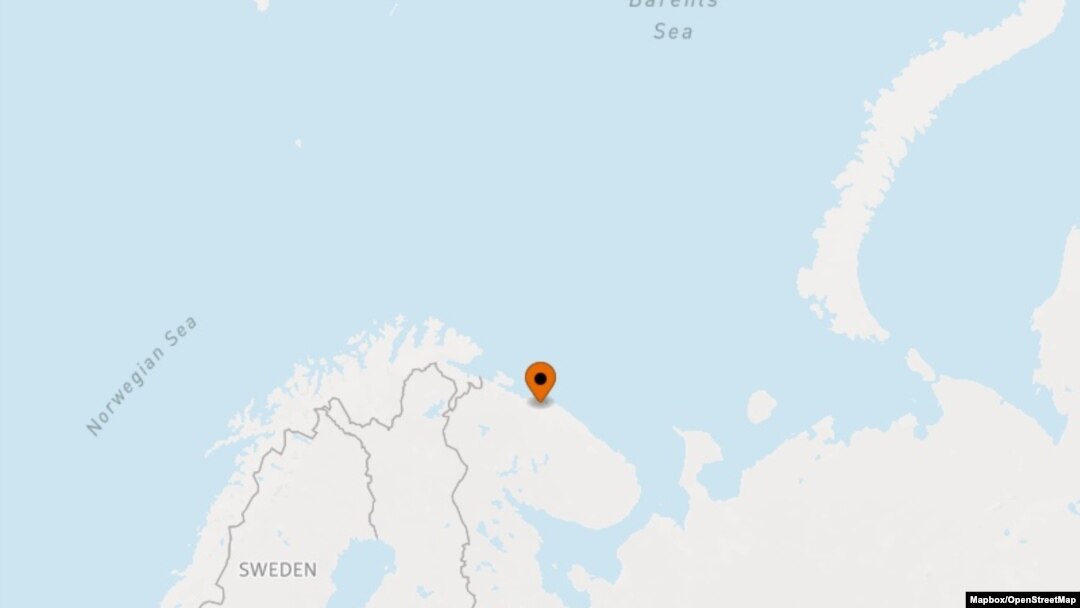Russian President Vladimir Putin has ordered the country's defense chief to travel to a northern naval base to conduct a probe after a fire on what the Kremlin described as a deep-sea "research submersible" killed 14 crew members.
Putin on July 2 called the incident a "great loss" and told Defense Minister Sergei Shoigu to "personally receive reports," give tasks to investigators to "identify the causes behind this tragedy," and report back to him.
Putin's meeting with Shoigu came after the Defense Ministry said earlier in the day that 14 sailors were killed when a fire broke out on July 1 aboard a submersible that the ministry said was carrying out "research" work in Russian territorial waters.
It was one of the worst Russian naval disasters since 2000, when the Kursk nuclear-powered submarine sank following two explosions aboard the vessel, killing all 118 crew members aboard.
Russia's RBK news outlet quoted a military source as identifying the vessel in the latest incident as the Losharik AS-12 nuclear-powered submarine, although the Defense Ministry has not identified the type of vessel involved.
When the Losharik was launched in the early 2000s, details of the vessels were considered highly secret. One report said it was capable of diving 2,500 meters under the sea.
Russian media reported that the Losharik is carried under the hull of a mother submarine, the nuclear-powered Belgorod.

Severomorsk
Russia in April launched the special-purpose Belgorod, which is believed capable of carrying nuclear-tipped underwater drones capable of threatening U.S. coastal cities.
The RBK report said the incident occurred in the evening hours of July 1.
Per Strand, a director at the Norwegian Radiation and Nuclear Safety Authority, told Reuters that his agency had not seen any raised levels of radiation in the area of the submarine accident. He said Norwegian authorities had been told by their Russian counterparts that a "gas explosion" had occurred on board the vessel.
The Russian Defense Ministry later denied making any comment about a "gas explosion." The discrepancy was not immediately explained.
A Russian Defense Ministry statement said that the sailors died as a result of inhaling combustible fumes aboard the research vessel, which was conducting measurements on the floor of the ocean.
SEE ALSO: Major Russian Submarine Accidents Since 2000The report did not say how many crew members were aboard. It said the fire was put out by other crew members.
The submersible is now at a navy base in the northwestern city of Severomorsk near Murmansk on the Barents Sea, officials said.
An investigation has been launched, the ministry said.
AFP quoted a military expert speaking on condition of anonymity as doubting that the vessel was on a scientific research mission.
"Usually it's a cover for different type of work conducted on the seabed," like laying cables, the expert said.
Russian President Vladimir Putin (left) and Defense Minister Sergei Shoigu (file photo)
Russia has suffered several deadly submarine incidents over the past two decades, as well as a rash of fires during decommissioning at ports.
In the deadliest submarine incident since the Kursk, 20 Russian sailors and shipyard workers died aboard the submarine K-152 Nerpa when the fire-extinguishing system accidentally activated, causing suffocation.


